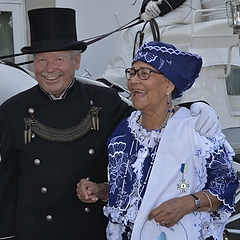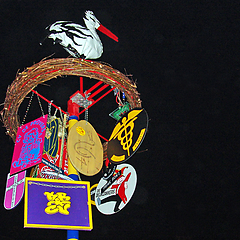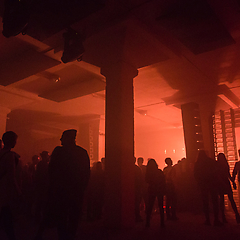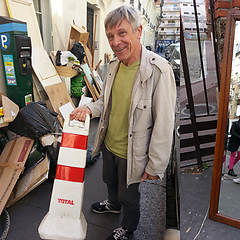Gregorian chants are sung texts characterised by unison and are usually performed without instrumental accompaniment; the chants have a free rhythm. The texts are mostly taken from the Old and New Testament. The book of Psalms is a particularly important source. These texts almost always relate to general human feelings and they acquire a high intensity when performed in the Gregorian setting. Gregorian chants have traditionally been associated with the liturgy of the Roman Catholic Church. Two types of worship services (masses) can be distinguished here; firstly the worship service with fixed chants of which the content is always the same but their melody may vary (Kyrie, Gloria, Credo, Sanctus, Agnus Dei). There are almost twenty of such common masses with fixed chants. And secondly, worship services with varying chants determined by their place in the church year. That year begins with the first Sunday of Advent and ends with the Feast of Christ King on the last Sunday before Advent.
Alongside these are the chants of the Hours. The daily order has eight Hours, eight times when the monastics gather in their chapel to pray and sing the Hours. But each day of the year also has its set Hours. These are determined both by the Sundays of the church year but also because each day of the year has its own theme, feast or commemoration.
The Karolus Magnus choir can regularly be found in churches, for instance at mourning and wedding services or special celebrations. Funeral rites are made up to date by also participating in cremation rituals or funerals in natural cemeteries, for example. The updating of Gregorian chant and the search for extra-denominational locations to perform Gregorian chant have over the years gained an increasingly strong emphasis in the activities of the schola. The Schola Karolus Magnus considers giving Gregorian chant a glorious content in contexts other than the liturgical one to be its most important task. It did so with its project The Martyred Virgins in which St Agatha and St Agnes were portrayed as prototypical of the violence against women that is as topical as ever, and which therefore included texts about contemporary acts of violence, in the words of victims themselves, or of people who witnessed that violence. The corona outbreak in 2020 provided another opportunity to place Gregorian chant in this time, as did the canonisation of Titus Brandsma in 2022. The schola explicitly seeks secular applications of Gregorian chant and is currently engaged in drawing attention to migrant issues through the ages in the form of a “refugee vespers”.
In addition, the choir performs concerts with the above repertoire and plays at exhibit openings.



